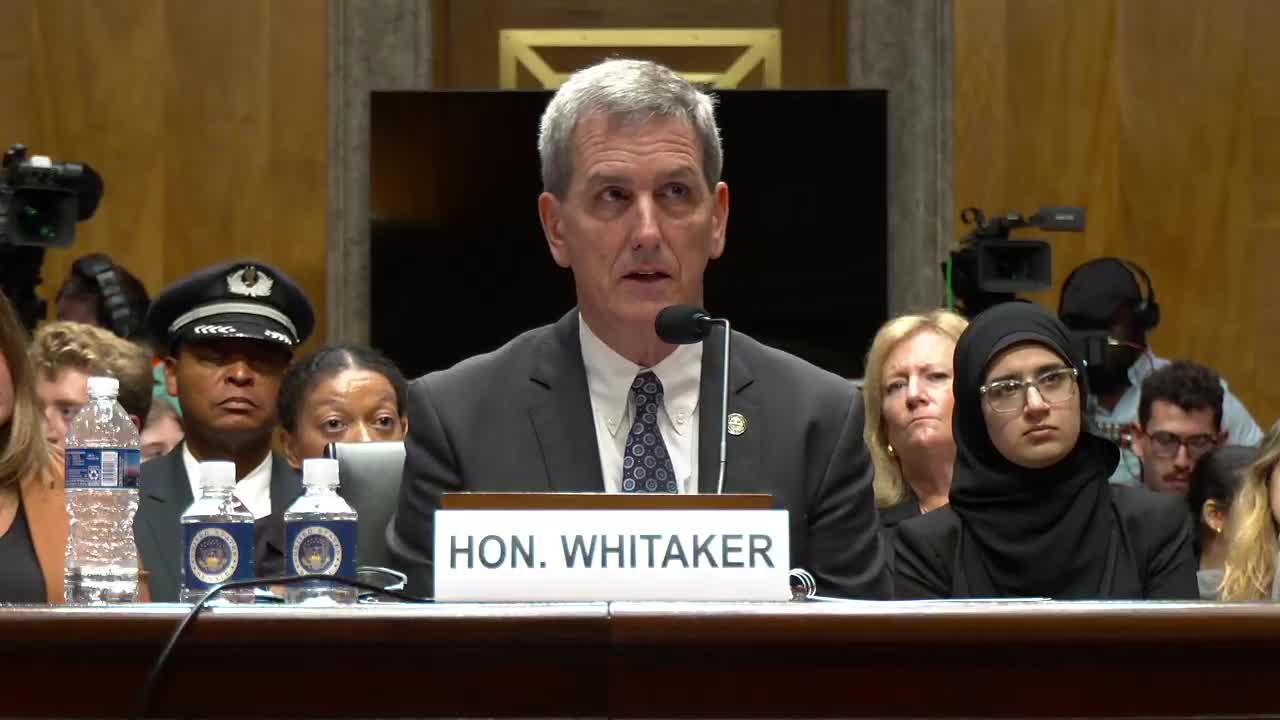FAA Faces Scrutiny Over Boeing Safety Oversight Failures
September 25, 2024 | Homeland Security and Governmental Affairs: Senate Committee, Standing Committees - House & Senate, Congressional Hearings Compilation
This article was created by AI summarizing key points discussed. AI makes mistakes, so for full details and context, please refer to the video of the full meeting. Please report any errors so we can fix them. Report an error »

In a recent government meeting, officials discussed the Federal Aviation Administration's (FAA) oversight of Boeing and the need for improved quality control measures in the wake of past incidents. The conversation highlighted the FAA's recognition of its previous static approach to monitoring manufacturing processes and the importance of adapting to changes in the industry.
Key discussions centered on the implementation of six new key performance indicators (KPIs) that the FAA now monitors to assess Boeing's operational health. These metrics focus on areas such as employee training and production quality, providing a clearer picture of the company's performance. Officials noted that if these metrics show a decline, it signals potential concerns that require immediate attention.
The meeting also addressed the FAA's ability to respond to changes in Boeing's production line. While the FAA certifies the airworthiness of aircraft, it does not automatically recertify production lines unless significant changes occur. This has raised questions about the FAA's visibility into manufacturing processes and its capacity to adapt to evolving safety standards.
Comparisons were drawn between the FAA's oversight practices and those of the European Union Aviation Safety Agency (EASA), although specific differences were not detailed. The FAA acknowledged the need for reforms to strengthen its oversight mechanisms, particularly in light of past failures related to Boeing's quality management and safety systems.
The discussions underscored the FAA's commitment to enhancing its regulatory framework to ensure the safety of civil aviation, especially as air travel continues to grow. With over 100 million passengers passing through Hartsfield-Jackson International Airport last year, the implications of these oversight improvements are significant for public safety and confidence in the aviation industry.
Key discussions centered on the implementation of six new key performance indicators (KPIs) that the FAA now monitors to assess Boeing's operational health. These metrics focus on areas such as employee training and production quality, providing a clearer picture of the company's performance. Officials noted that if these metrics show a decline, it signals potential concerns that require immediate attention.
The meeting also addressed the FAA's ability to respond to changes in Boeing's production line. While the FAA certifies the airworthiness of aircraft, it does not automatically recertify production lines unless significant changes occur. This has raised questions about the FAA's visibility into manufacturing processes and its capacity to adapt to evolving safety standards.
Comparisons were drawn between the FAA's oversight practices and those of the European Union Aviation Safety Agency (EASA), although specific differences were not detailed. The FAA acknowledged the need for reforms to strengthen its oversight mechanisms, particularly in light of past failures related to Boeing's quality management and safety systems.
The discussions underscored the FAA's commitment to enhancing its regulatory framework to ensure the safety of civil aviation, especially as air travel continues to grow. With over 100 million passengers passing through Hartsfield-Jackson International Airport last year, the implications of these oversight improvements are significant for public safety and confidence in the aviation industry.
View full meeting
This article is based on a recent meeting—watch the full video and explore the complete transcript for deeper insights into the discussion.
View full meeting